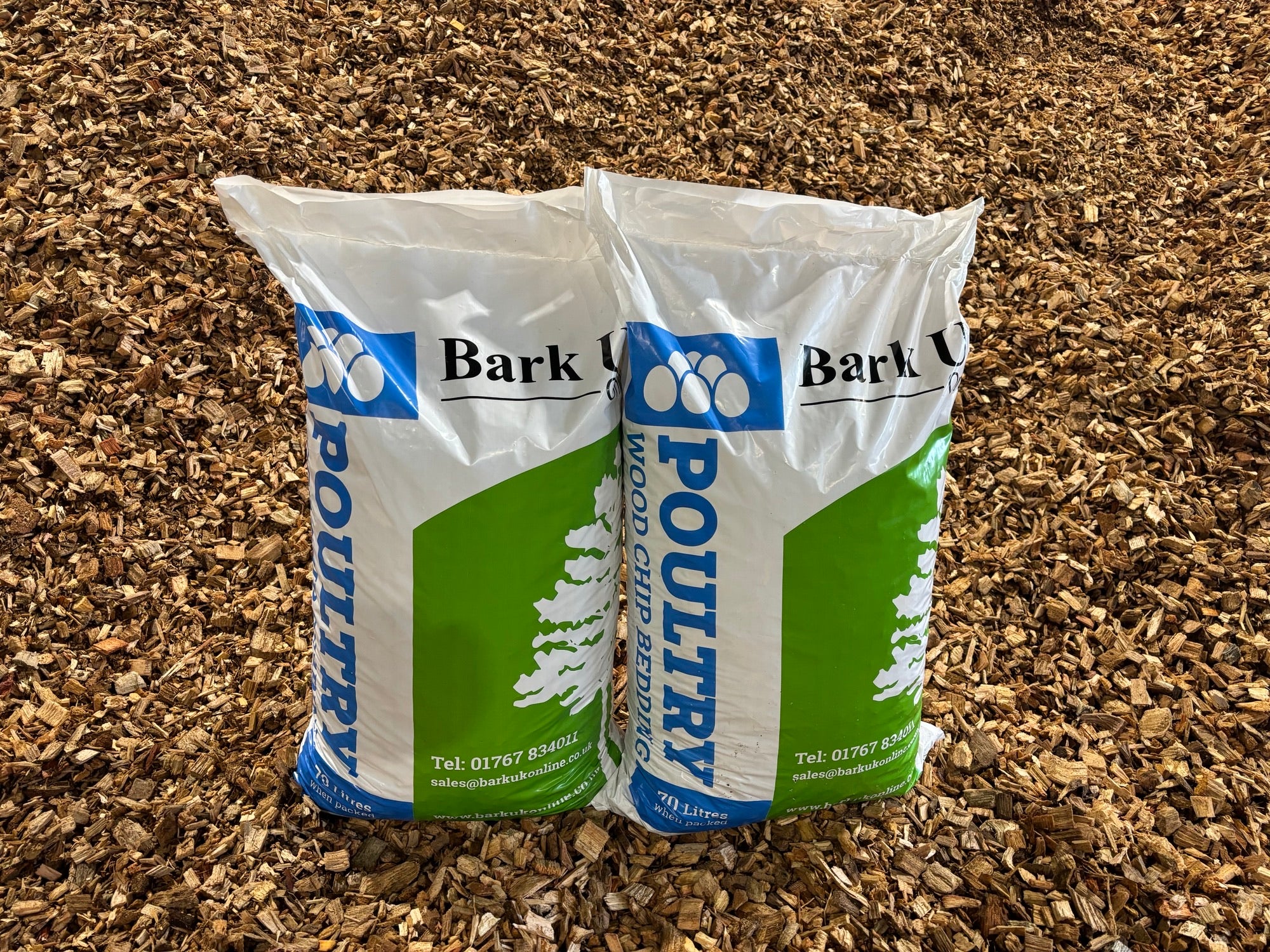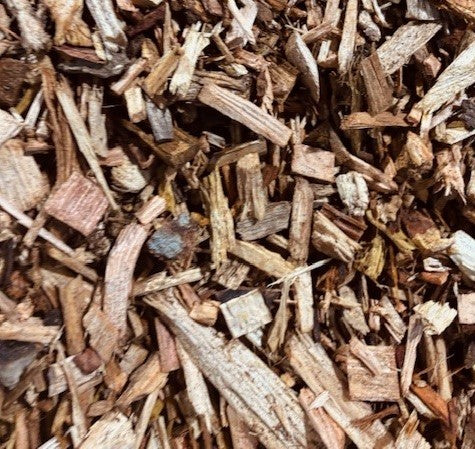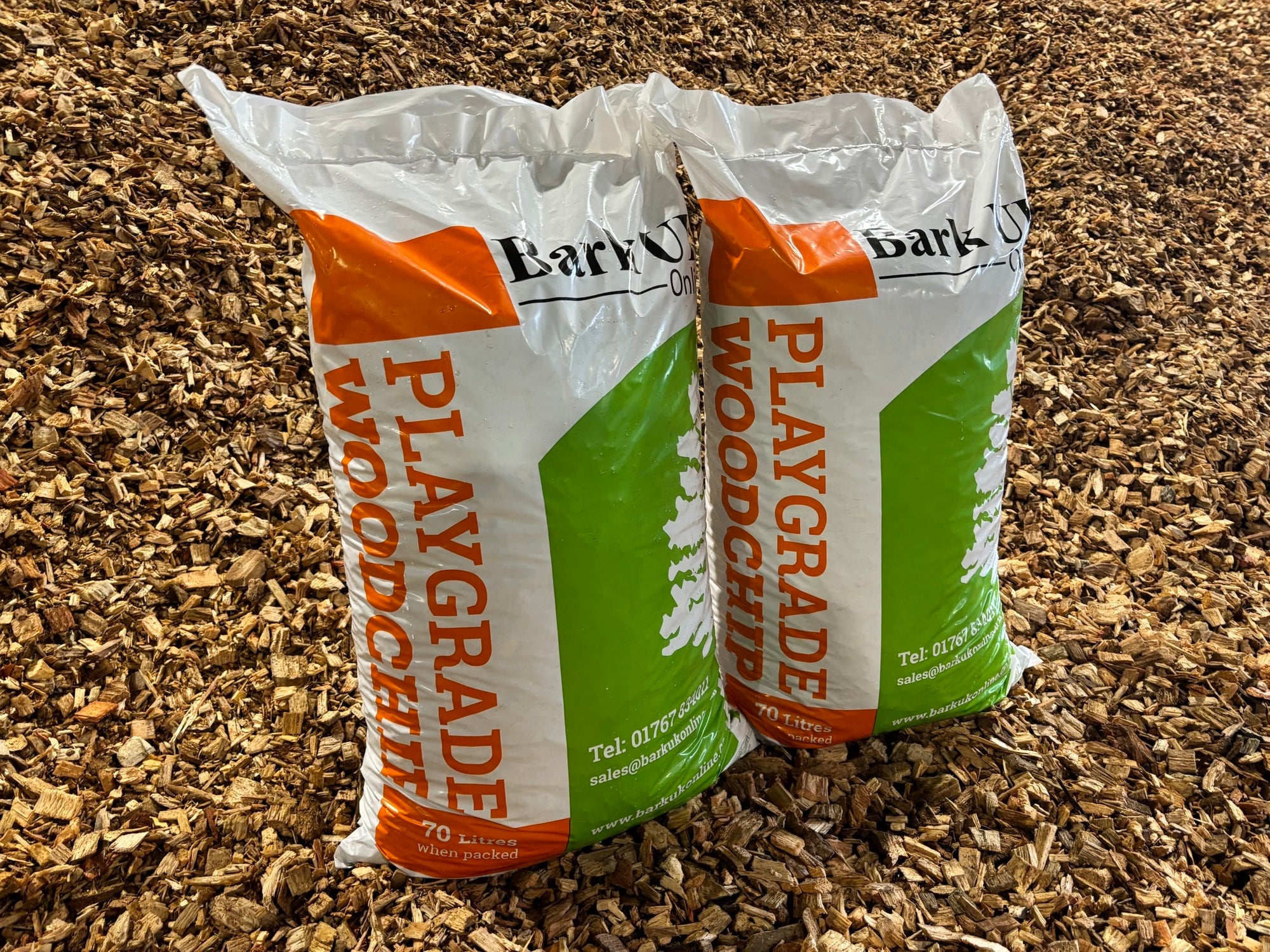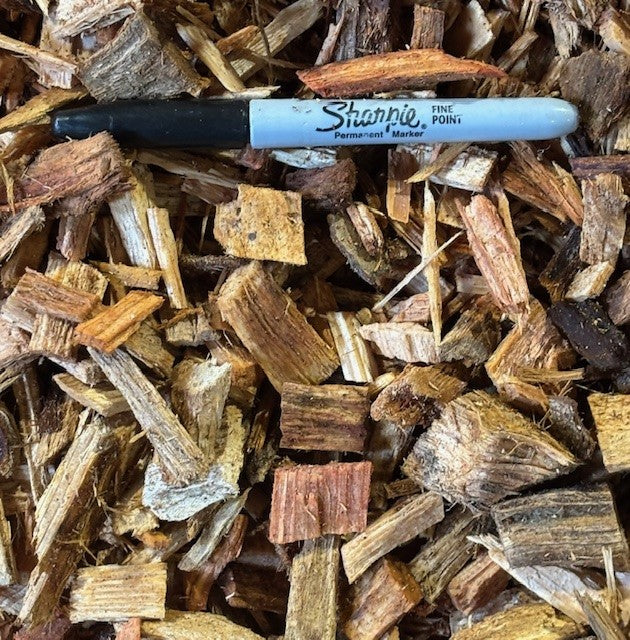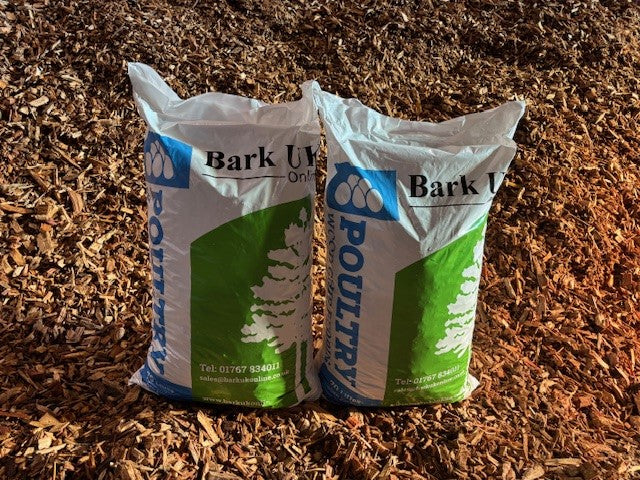9 Strategies that Will Set Your Garden Up For a Flourishing Spring
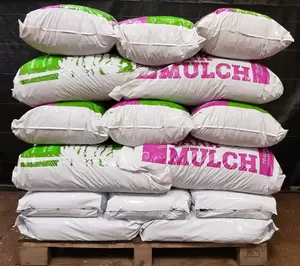
If you're looking for some good spring gardening tips, you’ve come to the right place. Winter often compacts soil, stresses plants, and encourages weeds, creating hurdles for spring growth. Focusing on soil health, detailed planning, and efficient tools can eliminate these obstacles early. Tackling these challenges promptly reduces issues later, paving the way for a successful season. In this article, we share nine strategies to optimise your garden for spring.
1. Assess the Current State of Your Garden
Winter can leave behind significant damage, making an early inspection important. Check soil condition, plant health, and the stability of pathways and borders. Identifying frost damage or pest issues early helps to prioritise what needs immediate attention.
Follow up with a thorough clean-up. Remove debris, fallen leaves, and weeds that may harbour pests or diseases. These simple steps clear the way for healthy new growth and make your garden easier to manage throughout the season.
2. Revitalise Your Soil
Start with a soil test to understand its pH and nutrient levels. This ensures any deficiencies can be addressed with targeted amendments. Enriching soil with organic compost improves its structure and promotes robust root growth.
Peat-free soil nurtures healthy growth and limits environmental harm. Mixing it with compost strengthens root systems and helps plants flourish all season.
3. Tackle Persistent Weeds
Weeds not only compete for resources but can also spread quickly if ignored. Removing them early prevents them from taking hold. Hand-pulling is effective for small areas, while larger gardens may benefit from tools or weed barriers.
Apply mulch or fabric to suppress weed growth. Anchoring these materials with membrane pegs keeps them secure and ensures they remain effective throughout the growing season. This approach saves time and effort in the long term.
4. Prune and Trim Carefully
Pruning promotes healthier growth and prepares plants for the season. Remove dead or damaged branches to improve airflow and reduce the risk of disease. Late winter to early spring is an ideal time for this task, especially for trees and shrubs.
Pay attention to flowering shrubs to avoid cutting buds that will bloom later. Use clean, sharp tools to make precise cuts, ensuring plants remain healthy and continue to grow effectively.
5. Plan and Plant Thoughtfully
Spring planting requires careful preparation to ensure success. Select plants suited to your local climate and soil, and design a layout that provides adequate sunlight and space. Planting in stages creates a continuous display of flowers or produce.
Prepare your beds by loosening the soil and adding organic matter. This creates a hospitable environment for young plants, helping them establish more easily and grow with strength throughout the season.
6. Use Mulch Strategically
Mulching conserves moisture, reduces weed growth, and improves soil quality. Organic options like bark chippings or compost break down over time, adding nutrients to the soil. This dual-purpose approach supports plant health and reduces maintenance.
A good supply of mulch bags makes life easier. Spread mulch evenly around plants, leaving stems clear to prevent rot. This step keeps the garden neat and practical.
7. Install Support Structures Early
Plants like climbers and vegetables benefit from strong support systems. Installing trellises, stakes, or cages before growth begins ensures stability without disrupting roots. Early planning saves effort and helps plants grow as intended.
Regularly inspect existing structures to ensure they remain sturdy. Repairing or replacing damaged supports prevents mid-season failures that could harm plants or disrupt their growth.
8. Water Wisely
Effective watering ensures plants establish strong roots. Water deeply and less frequently to encourage plants to seek moisture below the surface. Timing is also important; mornings or evenings reduce evaporation and help prevent fungal issues.
Consider harvesting rainwater as an environmentally friendly option. Using watering cans or nozzles for targeted hydration ensures plants receive the right amount without wastage.
9. Encourage Wildlife to Your Garden
Welcoming wildlife enhances the natural balance in your garden. Pollinators like bees and butterflies support flowering plants, while birds and beneficial insects help manage pests. Planting nectar-rich flowers encourages these visitors.
Incorporating features like bird feeders or small water sources makes your garden more inviting. Allowing a mix of cultivated and wild areas promotes biodiversity and contributes to a healthier garden ecosystem.
Enable Your Garden’s Full Potential
By adopting these strategies, you’re setting your garden up for a strong and fruitful season. Whether it’s revitalising soil, managing weeds, or encouraging beneficial wildlife, these efforts work together to create a flourishing outdoor space. At Bark UK, we provide tools, materials, and guidance to help you achieve your gardening goals.
Explore our range of products and take the first step towards your ideal spring garden.


